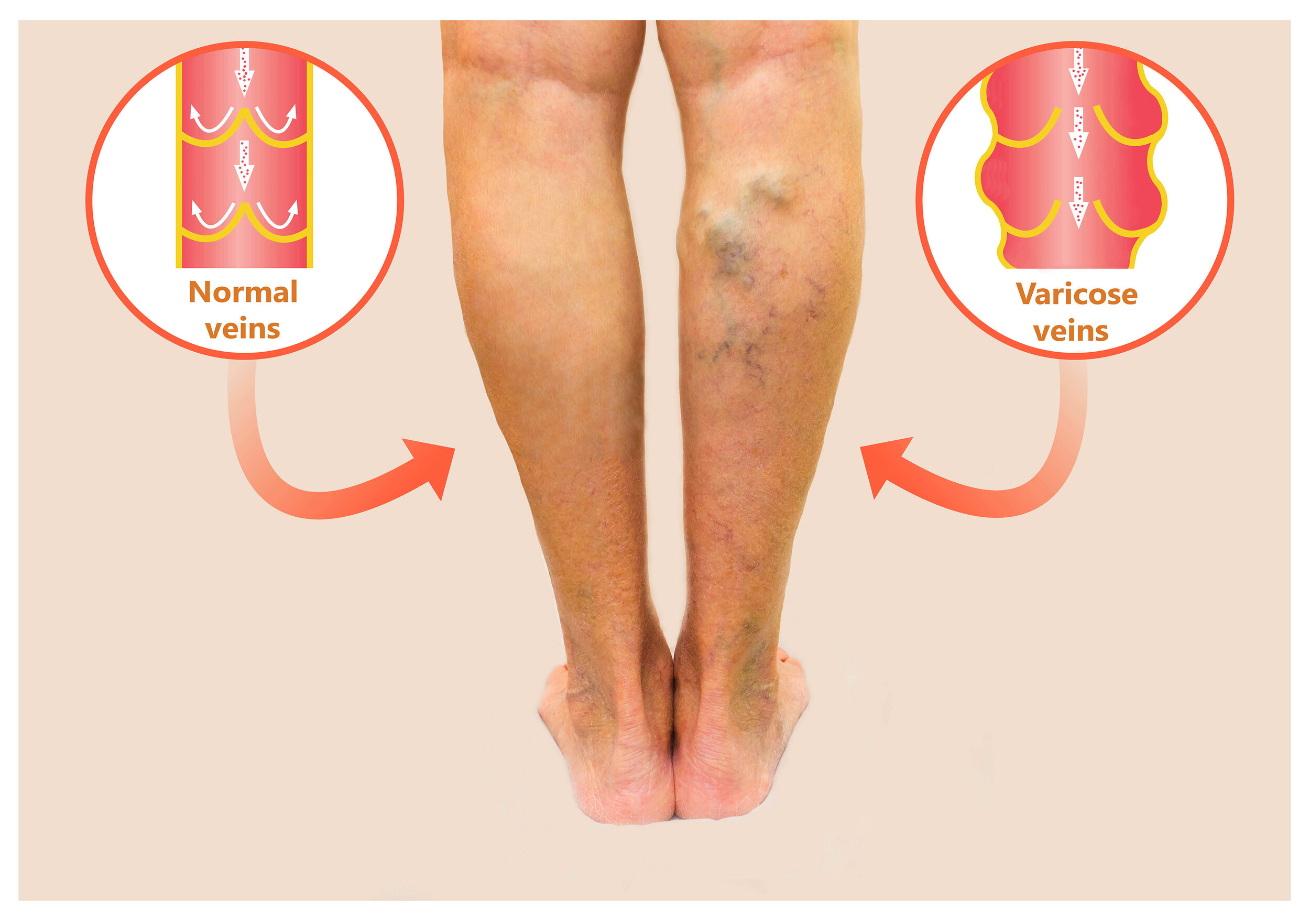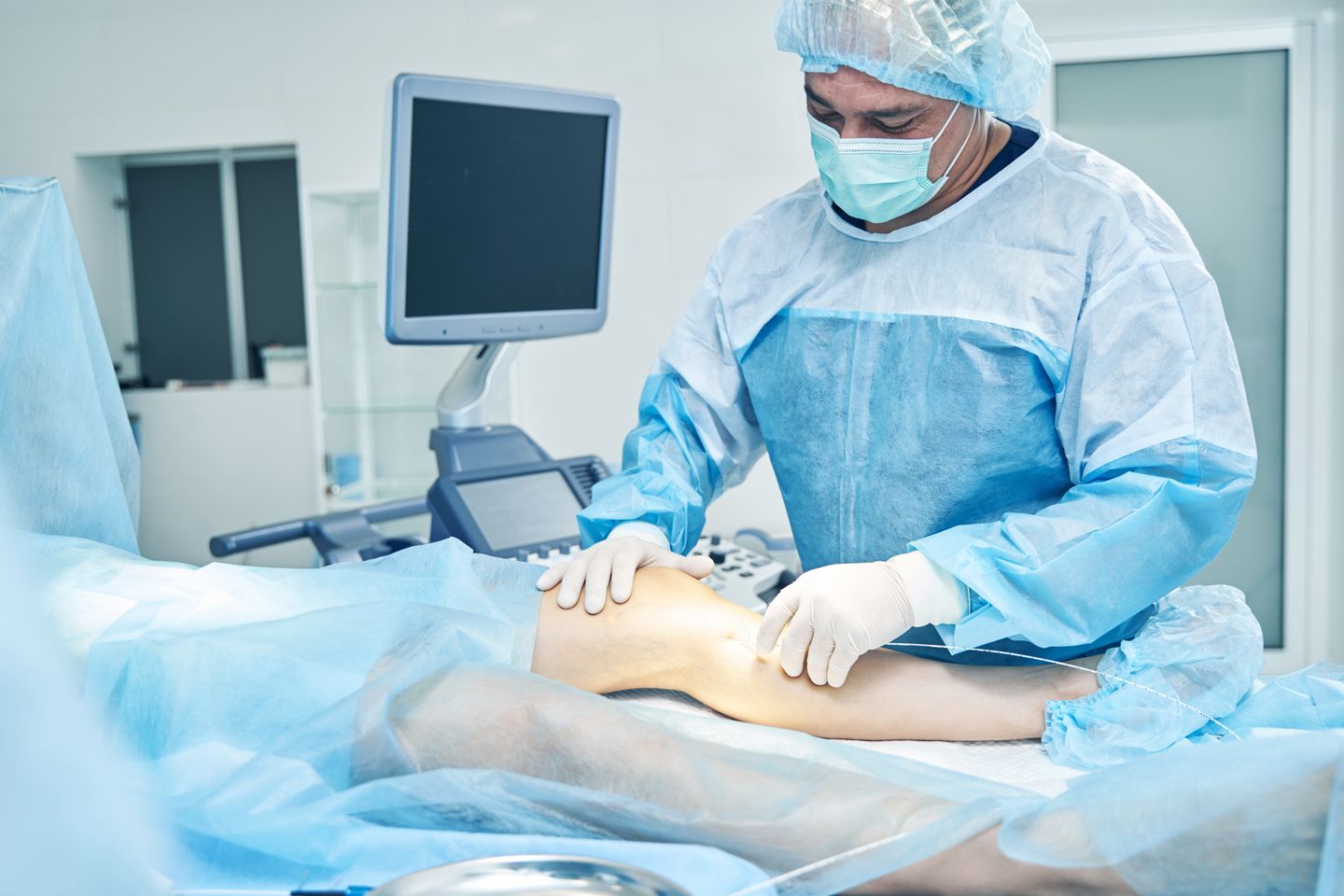
Visible unsightly blood vessels, often referred to as spider veins, telangiectasias, or broken capillaries, are a widespread cosmetic concern that affects people of all ages and skin types. These tiny, dilated blood vessels frequently appear on the face—particularly on the nose, cheeks, and chin—as well as on the legs and other body areas. Though primarily a cosmetic issue, they may cause emotional distress and impact individuals’ self-esteem and quality of life.
Unsightly blood vessels are caused by various factors including genetics, environmental exposures, medical conditions, and lifestyle choices.
While they are generally harmless, their visibility can be a source of Fortunately, advancements in dermatology and cosmetic medicine have introduced effective and minimally invasive treatments that can safely eradicate or significantly reduce their appearance. From laser therapy to sclerotherapy and beyond, patients now have a range of options tailored to their specific needs.
This comprehensive article explores the causes, risk factors, symptoms, diagnosis, treatment options, prevention strategies, complications, and practical tips for living with and managing unsightly blood vessels.
Understanding the Underlying Causes
Unsightly blood vessels occur due to the dilation and damage of tiny veins or capillaries close to the skin’s surface. These vessels become more visible when the vessel walls weaken or when blood flow dynamics change.
Key causes include:
-
Genetic predisposition: Many individuals inherit fragile or dilated blood vessels prone to visibility.
-
Sun exposure: Ultraviolet (UV) radiation breaks down collagen and elastin, weakening the skin and blood vessel walls, leading to permanent dilation.
-
Aging: With age, the skin thins and elasticity decreases, making blood vessels more apparent.
-
Hormonal fluctuations: Pregnancy, puberty, menopause, and hormone replacement therapies influence vascular tone and visibility.
-
Chronic skin conditions: Rosacea is a major contributor, causing persistent redness and telangiectasia.
-
Trauma: Physical injury, repeated rubbing, or harsh skincare products can damage capillaries.
-
Venous insufficiency: Poor venous return, especially in the legs, causes varicose and spider veins.
Contributing Risk Factors
-
Fair skin types: People with lighter skin are more susceptible to visible vessels.
-
Environmental conditions: Exposure to extreme cold or heat, wind, and pollution.
-
Lifestyle habits: Smoking impairs blood vessel health, while alcohol dilates vessels transiently.
-
Occupational hazards: Jobs requiring prolonged standing or exposure to irritants increase risk.
-
Obesity: Excess weight stresses veins, especially in the lower limbs.
-
Medications: Certain drugs may influence vascular dilation.
While usually painless and harmless, visible blood vessels present distinct signs that can vary in severity and location.
Common Clinical Manifestations
-
Spider veins: Small, threadlike, red, blue, or purple vessels appearing in branching patterns.
-
Telangiectasias: Clustered, dilated capillaries forming fine red lines or patches.
-
Broken capillaries: Fragile vessels that appear as tiny red spots or short lines, often on the face.
-
Varicose veins: Enlarged, twisted veins typically found in the legs.
-
Skin discoloration: Mottled or flushed areas with increased vascular visibility.
-
Occasional mild symptoms: Burning, itching, or heaviness near affected veins.
Psychological Impact
Unsightly blood vessels can cause:
-
Emotional distress and embarrassment.
-
Self-consciousness leading to social withdrawal.
-
Desire for corrective cosmetic treatments to restore confidence.
Diagnosis begins with a detailed clinical assessment supported by relevant investigations when necessary.
Clinical Examination
-
Visual inspection assesses vessel pattern, size, distribution, and skin condition.
-
Palpation detects tenderness or underlying vein abnormalities.
-
Assessment of symmetry and progression.
Medical and Family History
-
Evaluates genetic predisposition, systemic diseases, lifestyle, and prior treatments.
-
Questions about symptoms like pain, swelling, or leg heaviness.
Diagnostic Modalities
-
Doppler ultrasound: Non-invasive imaging to evaluate venous insufficiency and blood flow.
-
Photographic documentation: Standardized before-and-after images to track treatment progress.
-
Skin biopsy: Rarely required, only when ruling out other vascular anomalies.
Differential Diagnosis
-
Distinguishing from pigmented lesions, rosacea, or vascular malformations.
-
Identifying underlying systemic conditions like liver disease.
Modern medicine offers multiple safe and effective treatments tailored by vessel type, size, and patient factors.
1. Laser Therapy
Pulsed Dye Laser (PDL)
-
Targets oxyhemoglobin in blood vessels causing selective vessel destruction.
-
Effective for facial telangiectasias and rosacea-associated vessels.
-
Advantages: Minimal downtime, precise targeting, suitable for delicate skin.
Nd:YAG Laser
-
Penetrates deeper to treat larger, thicker vessels especially on the legs.
-
Can treat both superficial and reticular veins.
Intense Pulsed Light (IPL)
-
Emits broad-spectrum light absorbed by vascular chromophores.
-
Improves redness and diminishes smaller vessels.
Procedure Details:
-
Typically requires multiple sessions.
-
Treatment is well-tolerated with mild transient redness or swelling.
2. Sclerotherapy
-
Injection of sclerosant agents (e.g., polidocanol, sodium tetradecyl sulfate) directly into veins.
-
Induces endothelial damage causing vein collapse and resorption.
-
Gold standard for spider veins and small varicose veins, particularly in the legs.
-
Post-treatment compression stockings enhance efficacy.
3. Electrocautery and Radiofrequency Ablation
-
Use electrical or radiofrequency energy to coagulate and obliterate vessels.
-
Effective for small, isolated vessels resistant to laser or sclerotherapy.
4. Topical Treatments
-
Brimonidine and oxymetazoline gels provide temporary vasoconstriction for redness reduction.
-
Limited effect on established vessels; best as adjunctive therapy.
5. Surgical Interventions
-
Reserved for extensive varicose veins or cases involving venous insufficiency.
-
Procedures include vein stripping, ambulatory phlebectomy, or endovenous laser therapy (EVLT).
Preventive Measures
-
Sun Protection: Daily broad-spectrum sunscreen use; hats and protective clothing.
-
Lifestyle Modifications: Smoking cessation, reduced alcohol intake, and regular exercise.
-
Avoidance of Extremes: Minimize exposure to extreme temperatures and wind.
-
Skin Care: Use gentle, non-irritating products; maintain hydration.
-
Compression Therapy: For individuals prone to leg vein issues or with occupational risks.
Management Strategies
-
Early treatment upon noticing vessel formation to prevent progression.
-
Routine dermatologic evaluations for chronic skin conditions.
-
Regular follow-ups post-treatment for maintenance and new vessel monitoring.
Though generally safe, treatments may have risks:
Common Side Effects
-
Temporary bruising, redness, and swelling.
-
Mild discomfort or tenderness at treatment sites.
-
Hyperpigmentation or hypopigmentation, especially in darker skin.
Less Common Complications
-
Blistering or burns from laser treatments.
-
Allergic reactions or inflammation after sclerotherapy.
-
Ulceration or scarring (rare).
Recurrence and Residual Vessels
-
New vessels may form due to ongoing risk factors.
-
Some treated vessels may persist requiring additional sessions.
Emotional and Social Considerations
-
Seeking treatment can improve quality of life and self-esteem.
-
Psychological support or counseling may be beneficial for some.
Post-Treatment Guidelines
-
Follow sun avoidance and protective measures rigorously.
-
Use prescribed skincare products and avoid irritants.
-
Wear compression stockings after sclerotherapy as advised.
-
Attend all follow-ups and communicate any concerns promptly.
Long-Term Maintenance
-
Regular skin care and lifestyle vigilance.
-
Periodic touch-up treatments to maintain clear skin.
-
Early consultation upon new vessel development.
1. What causes unsightly blood vessels to appear on the skin?
Unsightly blood vessels, also called spider veins or broken capillaries, can be caused by genetics, aging, sun exposure, hormonal changes, pregnancy, or trauma to the skin.
2. What treatments are available to eradicate unsightly blood vessels?
Common treatments include laser therapy, sclerotherapy, intense pulsed light (IPL), and sometimes electrocautery. These methods help reduce or eliminate visible blood vessels.
3. How does laser treatment work to remove blood vessels?
Laser treatment targets the blood vessels with focused light energy, causing them to collapse and be absorbed by the body, resulting in clearer skin.
4. Is the procedure painful?
Most patients experience mild discomfort similar to a snapping sensation during treatment. Topical anesthetics or cooling devices are often used to minimize discomfort.
5. How many sessions are needed for effective results?
Depending on the severity and size of the blood vessels, 1 to 4 sessions may be needed for optimal results, spaced several weeks apart.
6. Are there any side effects or risks?
Temporary redness, swelling, bruising, or minor skin discoloration can occur but usually resolve quickly. Serious complications are rare when performed by experienced professionals.
7. How long is the recovery time?
There is minimal downtime. Patients can usually return to normal activities immediately, though sun exposure should be avoided for a few weeks to protect healing skin.
8. Can unsightly blood vessels come back after treatment?
While treated vessels typically do not return, new blood vessels can develop over time, especially if risk factors like sun exposure or hormonal changes persist.
9. Is this treatment suitable for all skin types?
Most skin types can be treated, but some laser types are safer and more effective for certain skin tones. A consultation helps determine the best approach for each individual.
10. How much does eradication of unsightly blood vessels cost?
Costs vary based on treatment type, number of sessions, and area treated. Prices generally range from a few hundred to a few thousand dollars and are often considered cosmetic, so usually not covered by insurance.
The other Cosmetic Procedures are:
Few Hospitals for Eradication of Unsightly Blood Vessels are:
Thailand, Malaysia, Singapore, Turkey and India are the most cost effective locations that offer up to almost 80% savings in comparison to the US.
SurgeryPlanet facilitates a plethora of services to the medical treatment traveler also which includes, a hassle free and discounted travel option, a welcome hand at the airport on arrival, travel in an air-conditioned car, round the clock service & support. Your medical evaluation is pre arranged with the least of waiting time. Once your assessment is complete and found medically fit, the procedure is immediately scheduled without a waiting period. Please read through our Services and Testimonials to understand and select your best options.
Major Treatments Abroad: Obesity / Bariatric Surgery | Spine Surgery | Stem Cell therapy | Fertility treatment | Knee replacement in India and Thailand | Heart Surgery | Organ transplant | Ayurveda Treatment | Heart valve replacement | Hip resurfacing | Hospitals in India and Thailand for Laparoscopic Sterilization| Best hospitals in Asia | JCI & ISO certified Hospitals | Cost effective medical procedures | Healthcare tourism | Complete privacy for affordable cost | Weight loss procedures | Infertility treatment | Board certified physicians | Low cost surgeries
SurgeryPlanet is an Healthcare Facilitator and not a Medical service provider. The information provided in this website is not to be used for diagnosis or treatment of any medical condition or use for any medical purposes. We provide information solely for medical travel facilitation and do not endorse any particular health care provider, hospital, facility, destination or any healthcare service or treatment listed. We are not an agent for, or affiliated to any health care provider, or service listed in our website and is not responsible for health care services provided by them. Choice of hospital or doctor for your healthcare services is your independent decision. Consult your domestic licensed health care provider before seeking the services of any health care provider you learn about from our website.


